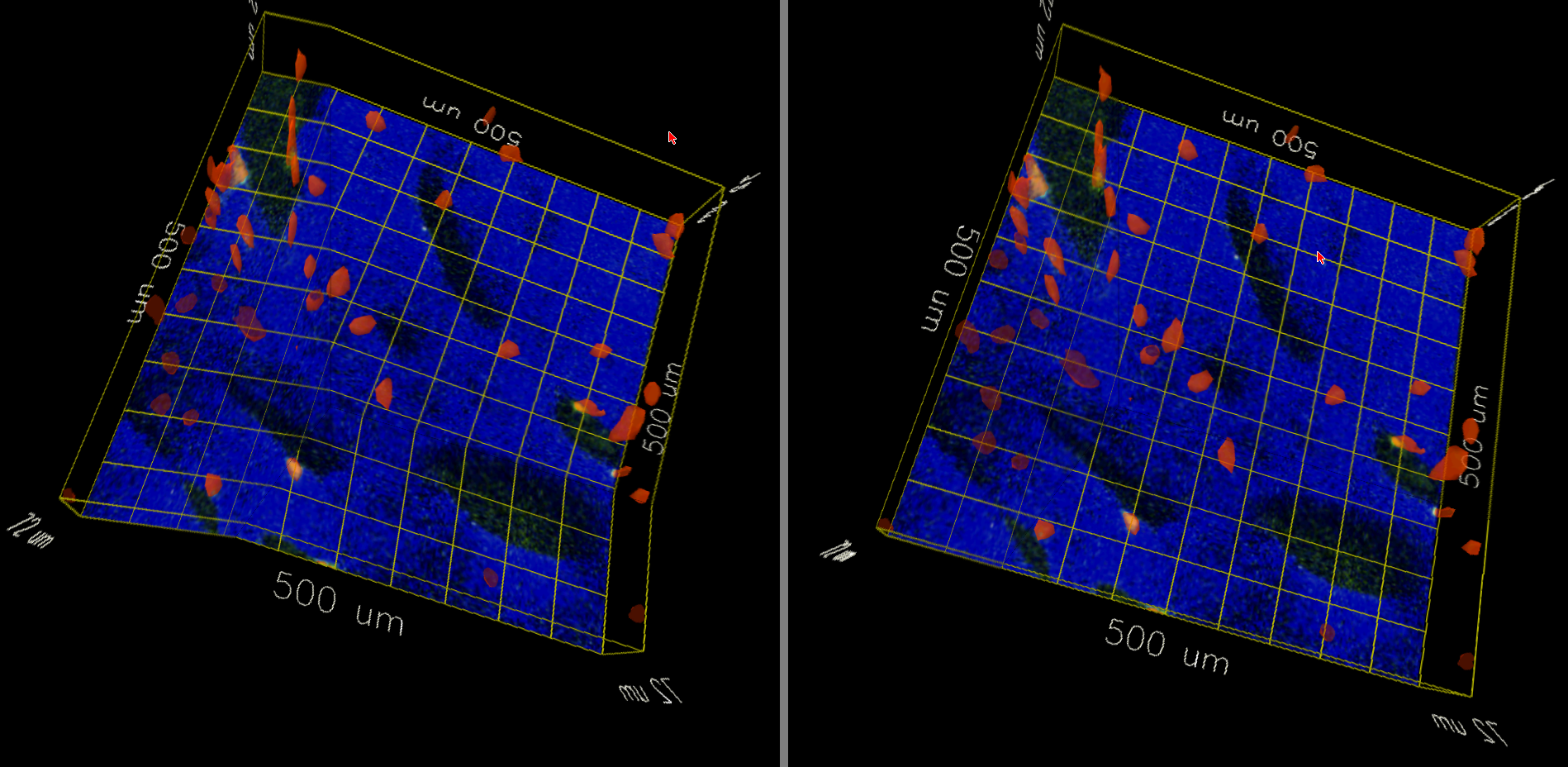MCSD Develops New Method for Correcting Motion Tracking Devices
October 2007
Researchers in NIST's Mathematical and Computational Sciences Division have published a new method for calibrating and correcting motion tracking devices based in part on the mathematics of the geometry of rotations. Such motion tracking systems are used extensively in immersive visualization (virtual reality) systems. Inaccuracies in the data provided by these devices result in a variety of problems that interfere with the effective use of immersive visualization systems.
The method developed at NIST provides corrections of both location and orientation errors and yields substantially better correction than previous methods. Average location errors were improved by a factor of more than 22 while average orientation errors were improved by a factor of more than 7.5. The correction algorithm can be applied to any type of motion tracking device and can be used in applications beyond immersive visualization. The corrections provided by this method alleviate some important perceptual and operational problems that have been common in immersive visualization systems. The work appears in the August 2007 issue of the journal Presence: Teleoperators and Virtual Environments.
 |
|
The image on the left shows visual artifacts due to tracker error. The image on the right shows the same scene with tracker errors corrected by our methods. These images were taken from NIST's immersive visualization environment and represent actual tracker errors and corrections using our methods.
|
| 



